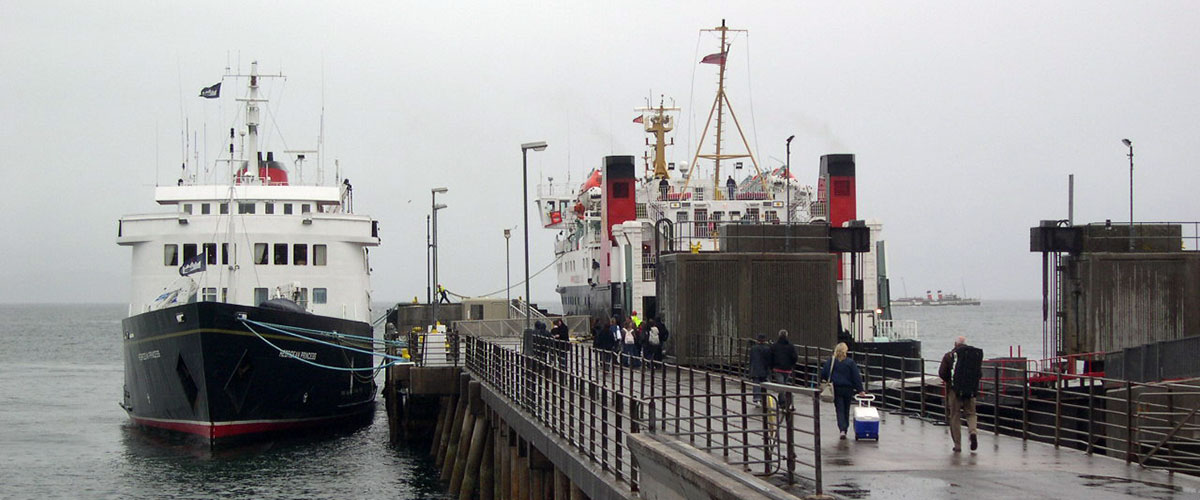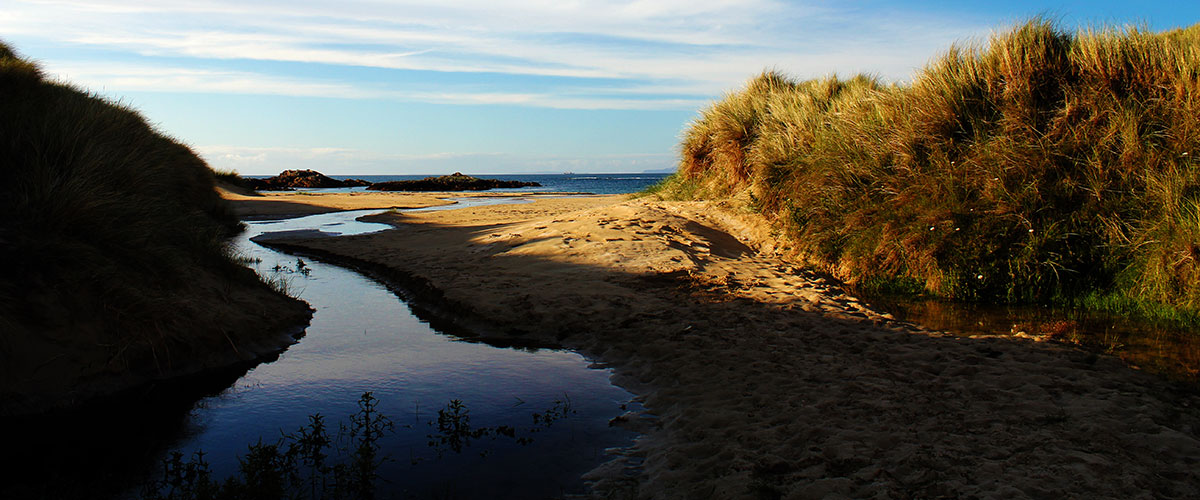The Isle of Coll
The Isle of Coll is found in the Inner Hebrides and is approximately 13 miles long and 3 miles wide.
The island has around 220 permanent residents, with the population swelling during the summer months. There is currently a healthy and vibrant young population on the island, keeping the local primary school busy. However, there is no secondary school on Coll meaning that children must board on the mainland during their secondary school years.
Today, employment varies from tourism to fishing and farming but Project Trust – a gap year charity based at Ballyhough – is the largest employer on the island. The sea around Coll currently supports three fishing boats, catching some of the finest crabs, prawns and lobsters on the west coast! Once scattered in many smaller crofts, Coll is now split into several larger farms that mainly rear sheep and cattle. Tourism has also become an important economy for the island, particularly during the summer season.
The island is served by all necessary amenities and services including a shop, cafe, hotel and pub, doctor, post office and community centre. The ferry service and airport also provide vital transport connections to the mainland and other islands.
Coll is an island steeped in history with castles, crannogs and other sites of interest contributing to its colourful historic past. It is also home to spectacular nature and wilderness, both on land and at sea. The local waters are often scattered with Basking Sharks during the summer and if you’re lucky you’ll maybe hear the inconspicuous Corncrake hiding among the tall grasses. In 2013, Coll also became the first Scottish island to be designated as a Dark Sky Community… So what Collachs have known for years is now no secret: the skies above Coll are cracking for star gazing!
Although the island has changed significantly over its history, the natural beauty and cultural landscape still remain. There are very few Collachs still living on Coll today, making the purposes of the Coll Association even more pertinent than when founded in 1931.







